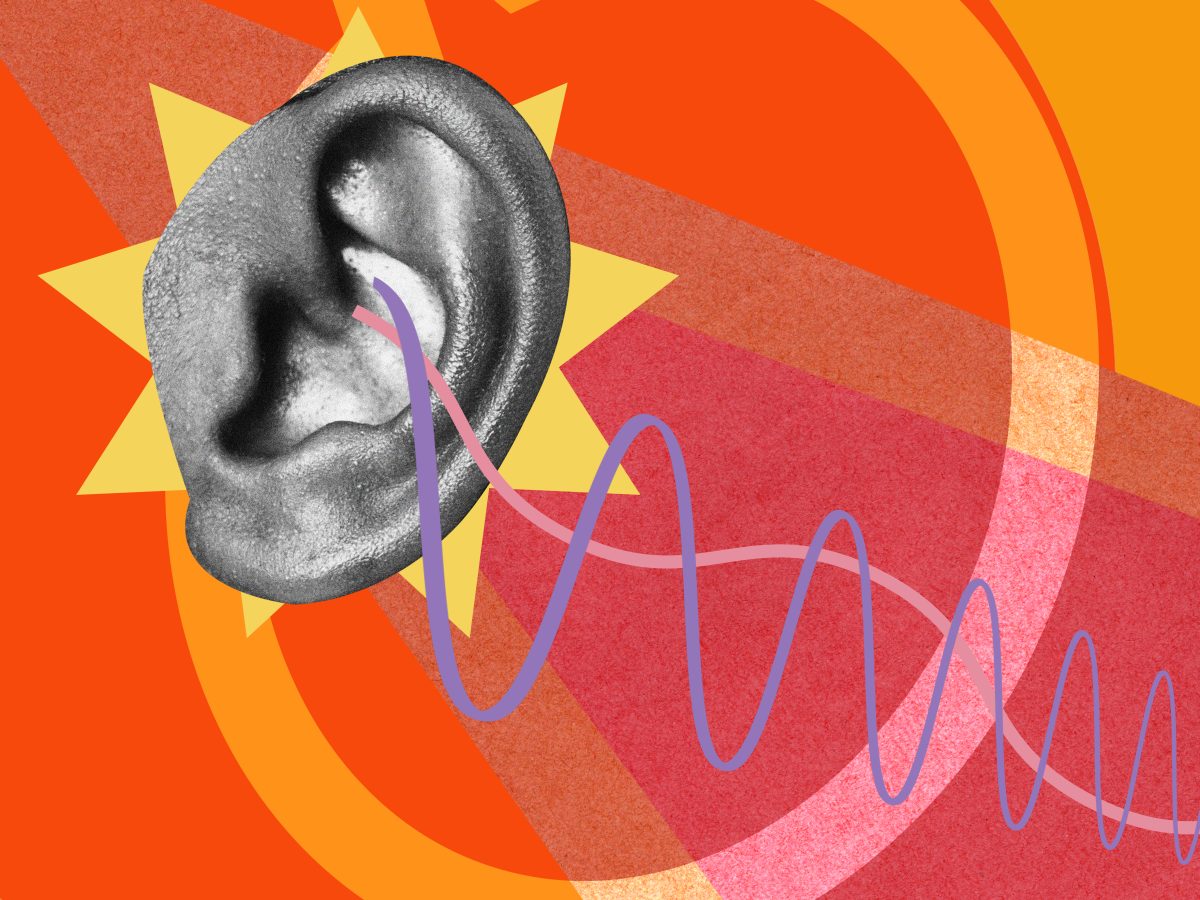
Megan Thee Stallion’s latest release “Whenever” is highlighting a conversation about where to place blame when a song isn’t successful.
On April 27, the Houston Hottie took to Instagram Live to air out her frustrations after the single debuted at No. 5 on Billboard’s Rap chart and No. 6 on the R&B/Hip-Hop chart. “Something’s going to have to change from the Hotties — and me,” she said. Meanwhile, informal critique of the song’s redundancy and lack of creative direction had already started circulating on X (formerly known as Twitter) before the track hit streaming platforms.
Defining what makes a successful song or a flop has always been subjective. In the past, musical success may have been defined by radio play, mainstream press, and album sales. Today, streaming numbers, virality, and TikTok traction shape what listeners and artists alike consider a “win.” Even as these new benchmarks evolve, the definition of a “hit” or a “flop” remains subjective.
Still, the stakes feel higher. Fan satisfaction carries more weight than ever before, making listener reaction a key ingredient in an artist’s success. This shift raises the question: are fans or artists primarily responsible when music doesn’t meet expectations?
In Megan’s case, some of the arguments criticizing her musical direction feel misinformed. What some hear as excessive repetition can actually be interpreted as intentional cohesion—a flow rarely seen in today’s fractured music landscape where virality often outweighs consistency. Megan has proven she’s a hitmaker through chart-topping singles, standout features, mixtapes, and two full-length albums.
At the same time, it’s fair to acknowledge that parts of her fanbase are craving evolution. While her pen remains sharp, many are missing the novelty and edge found in tracks like “Mamushi,” “Her,” or “Cobra.” The rollout for “Whenever”—from its visuals to its vibe—felt familiar, but not necessarily fresh. That doesn’t make it bad, just not boundary-pushing.
Some fans also seemed predisposed to dislike the song, influenced by teaser clips and social media commentary that shaped their expectations ahead of release day. “Whenever” carries Megan’s signature cadence and lyrical confidence—making it a classic Megan track that might’ve landed differently if not for those preconceived notions.
There isn’t one entity to blame when a release underperforms. Artists must be open to pushing their boundaries, while fans have to allow space for growth that isn’t always polished. Wanting innovation while expecting perfection with every drop simply isn’t realistic. Artistic experimentation is a process, not a guarantee of instant virality.
Especially when it comes to Black women artists, there’s often a disconnect between online support and tangible success. Viral praise doesn’t always convert to streams, sales, or sold-out shows. And when one project doesn’t perform, audiences can be quick to pivot or pull away.
Artists feel those moments of rejection just as deeply as fans feel disappointed. There has to be a better middle ground—a space where supporters are open to change and invested in the full arc of an artist’s journey, not just their highlight reel.
The support has to be just as loud, intentional, and committed as the critique.